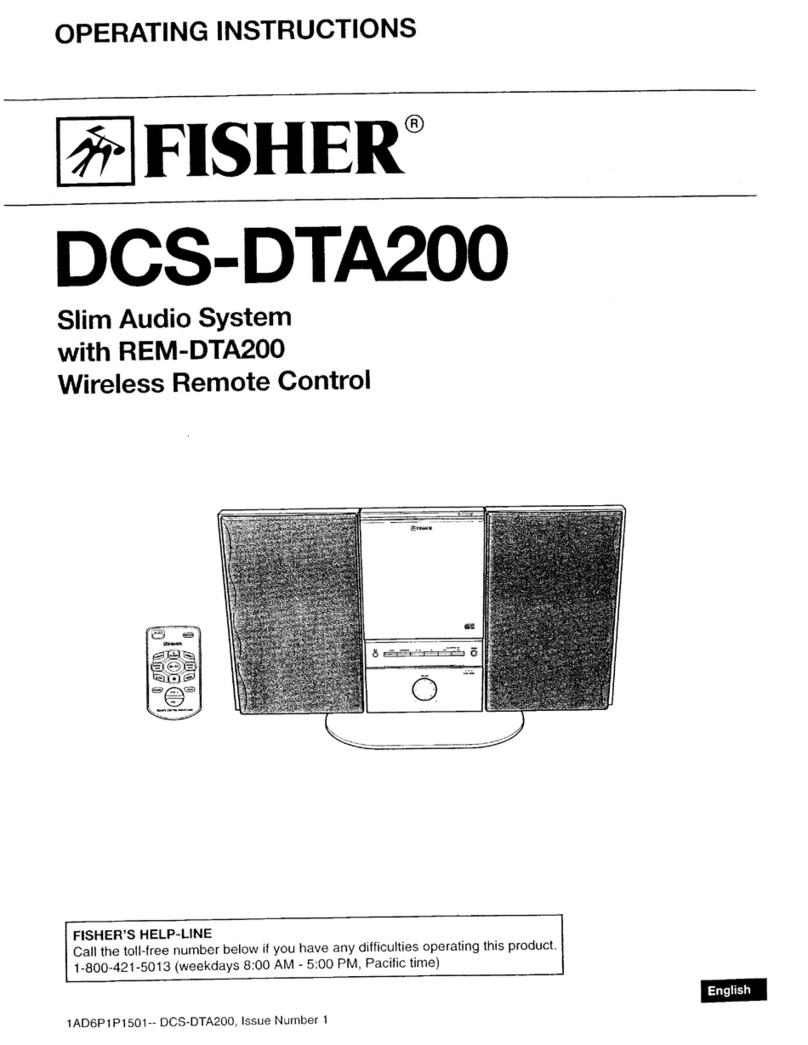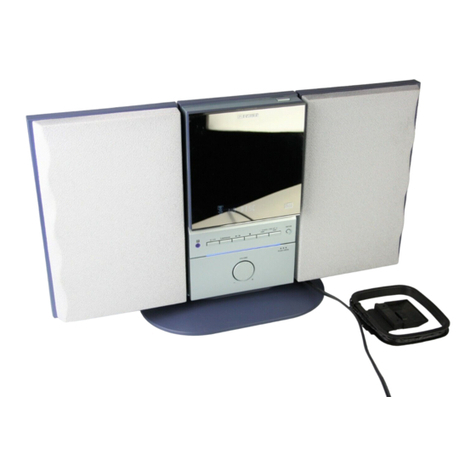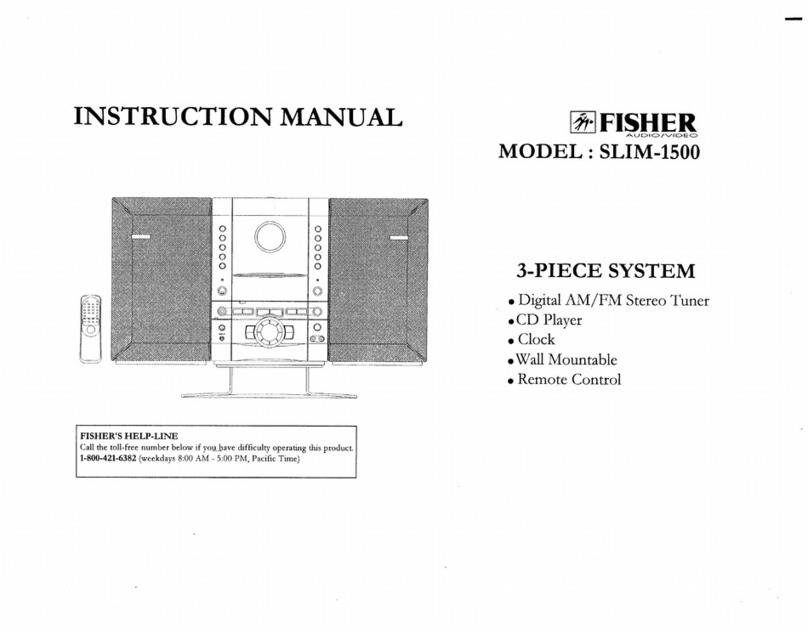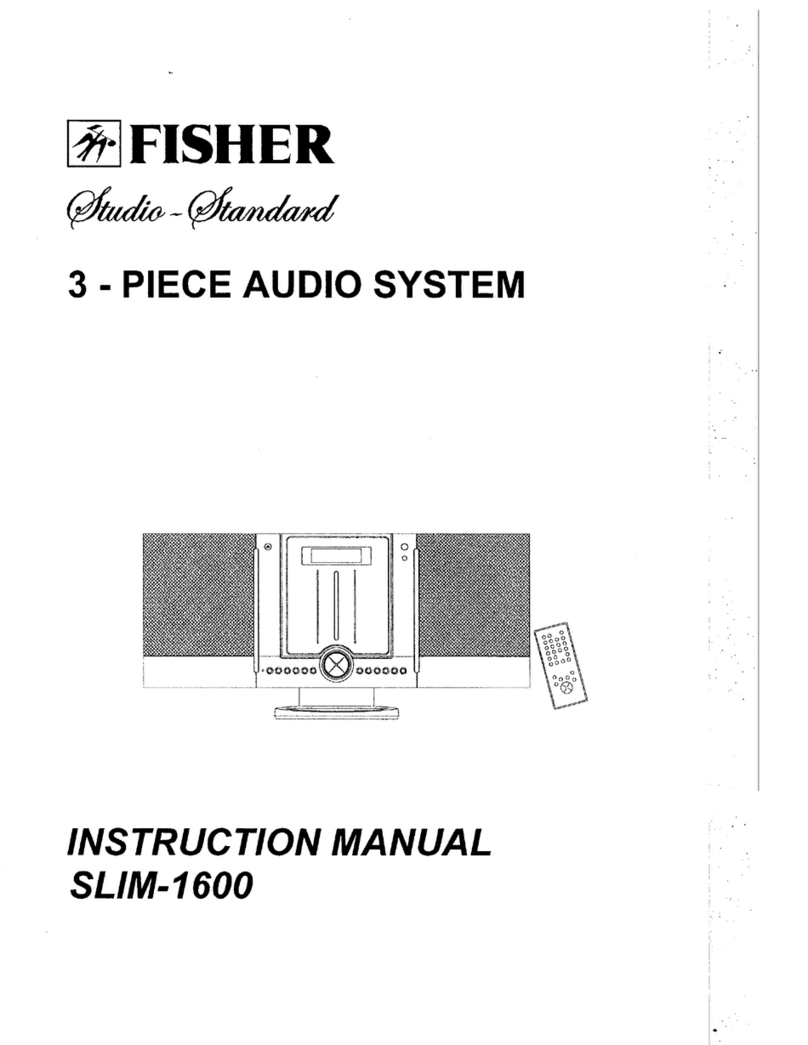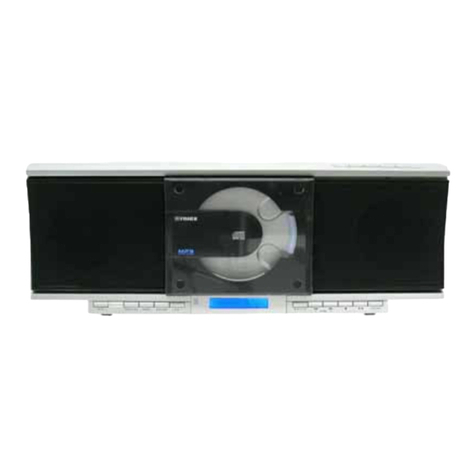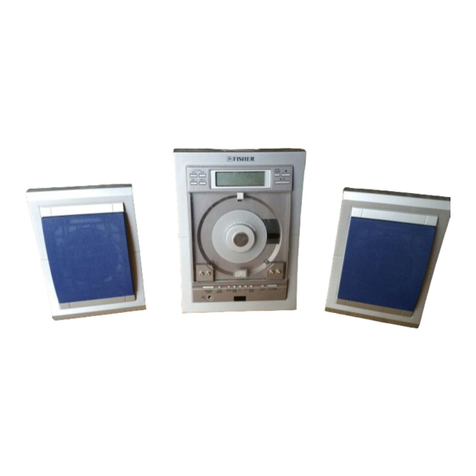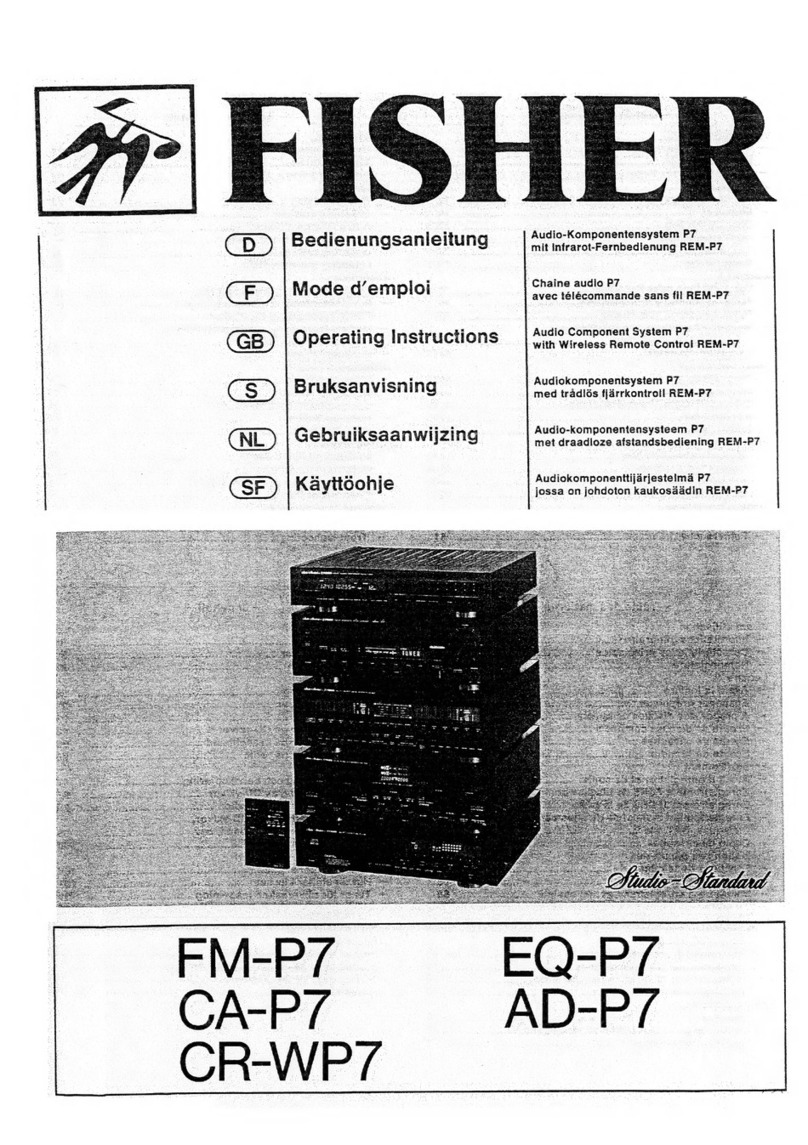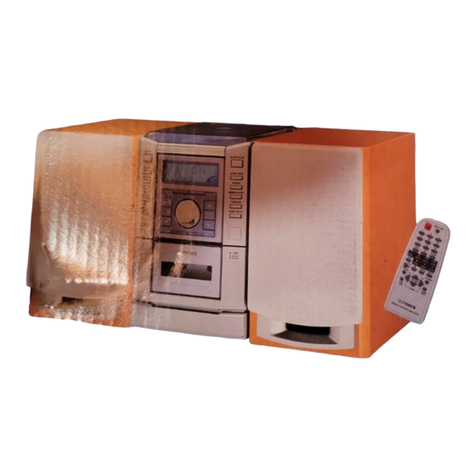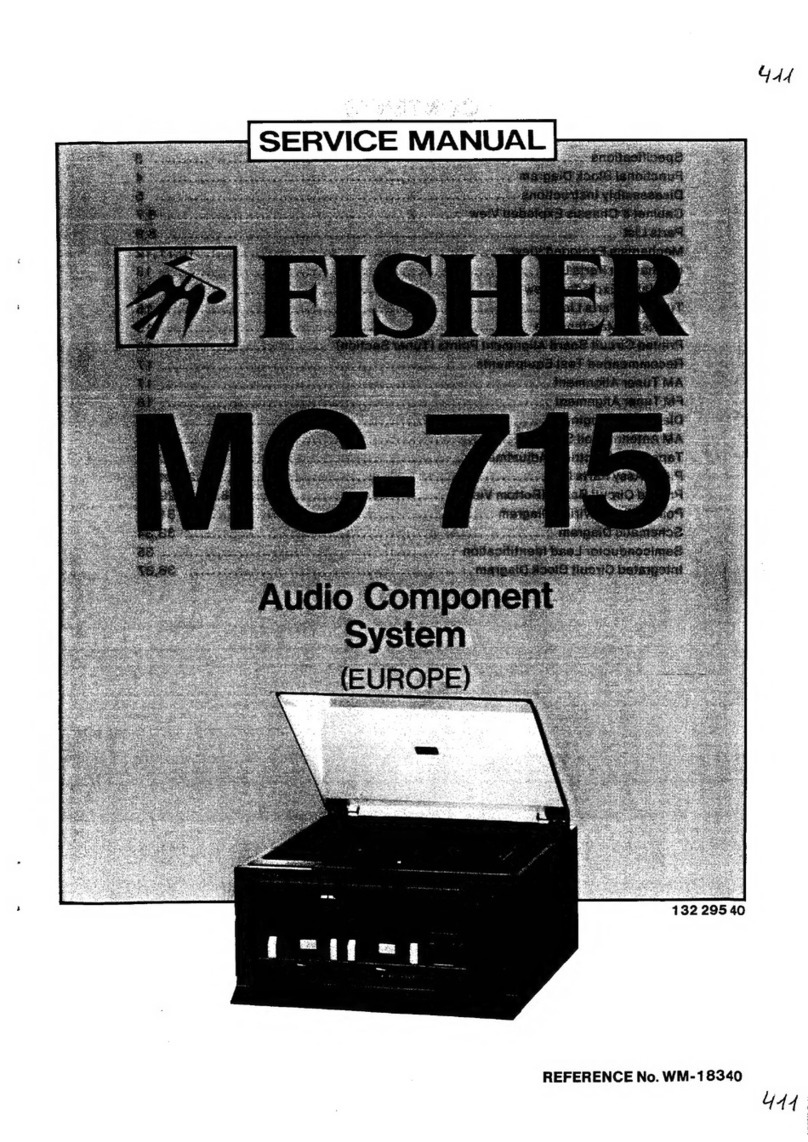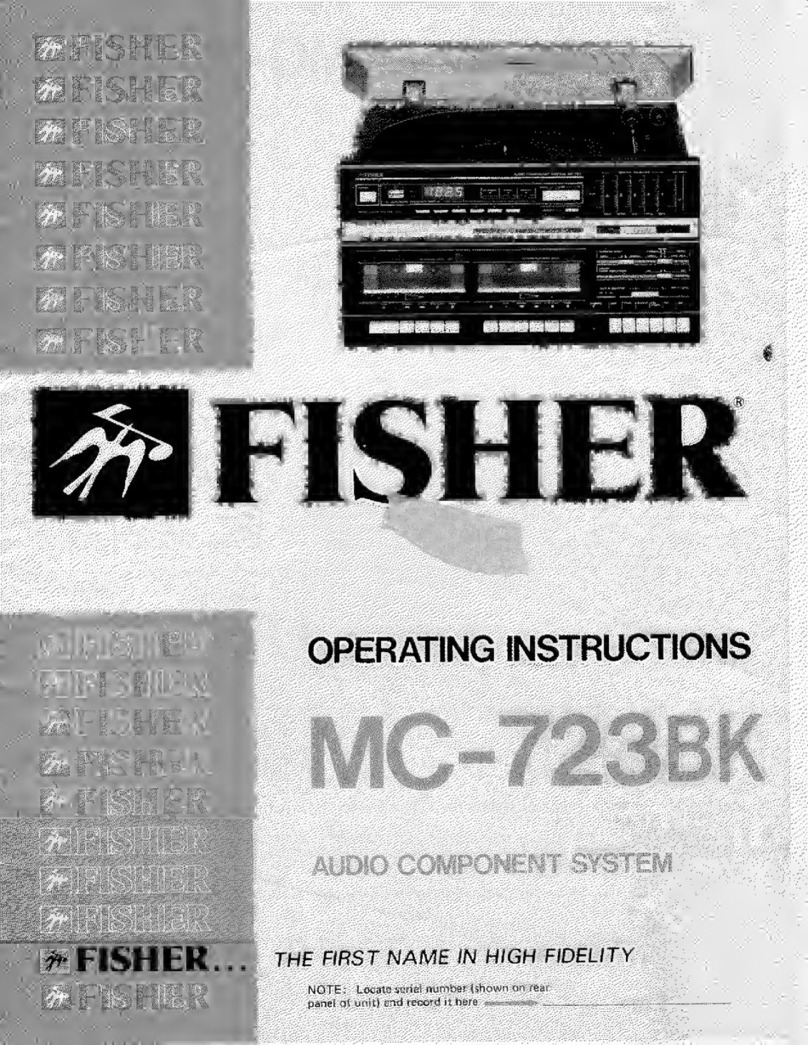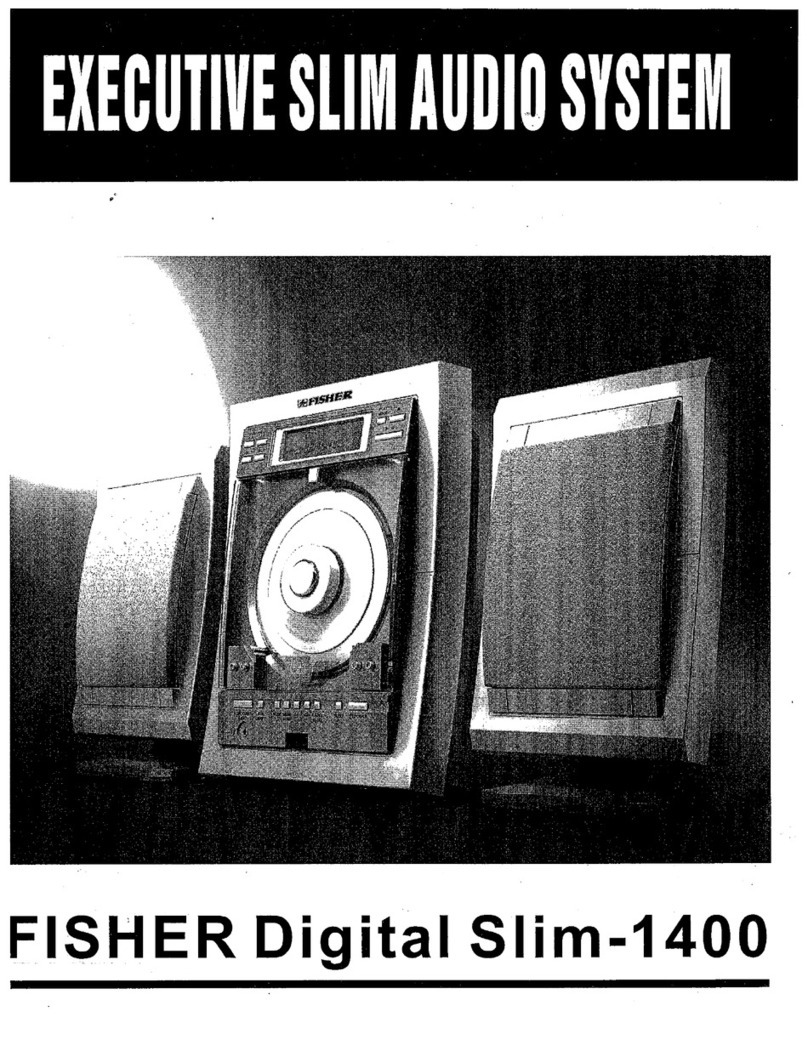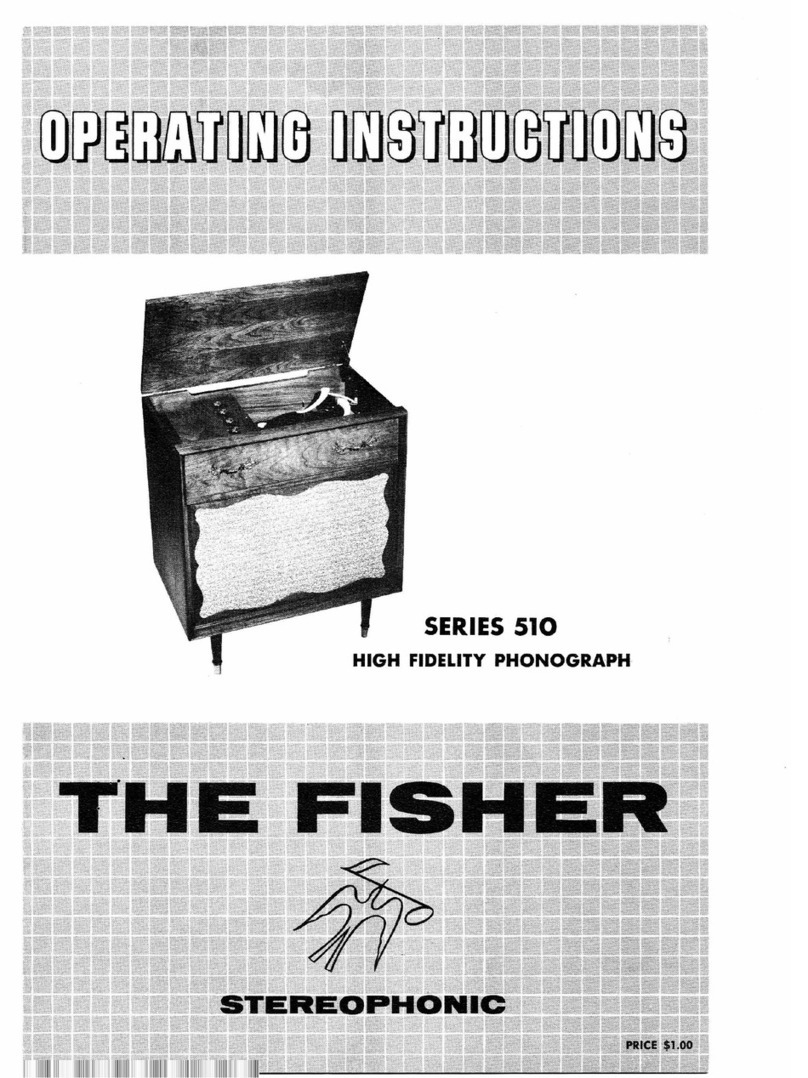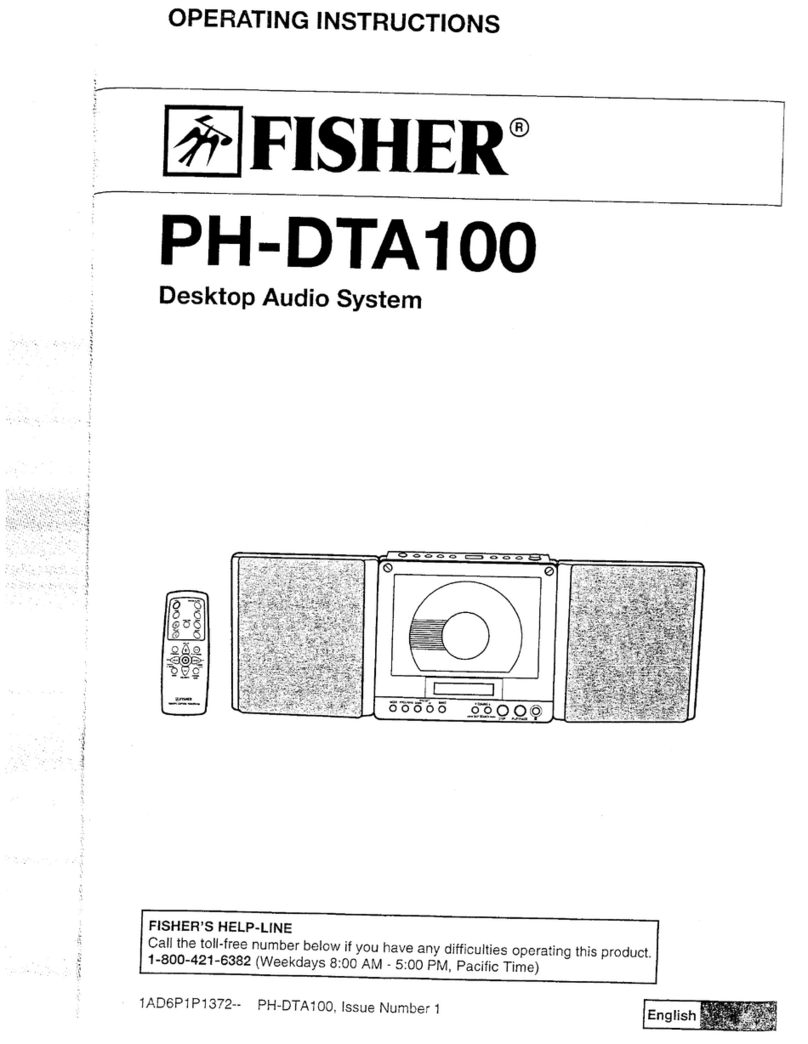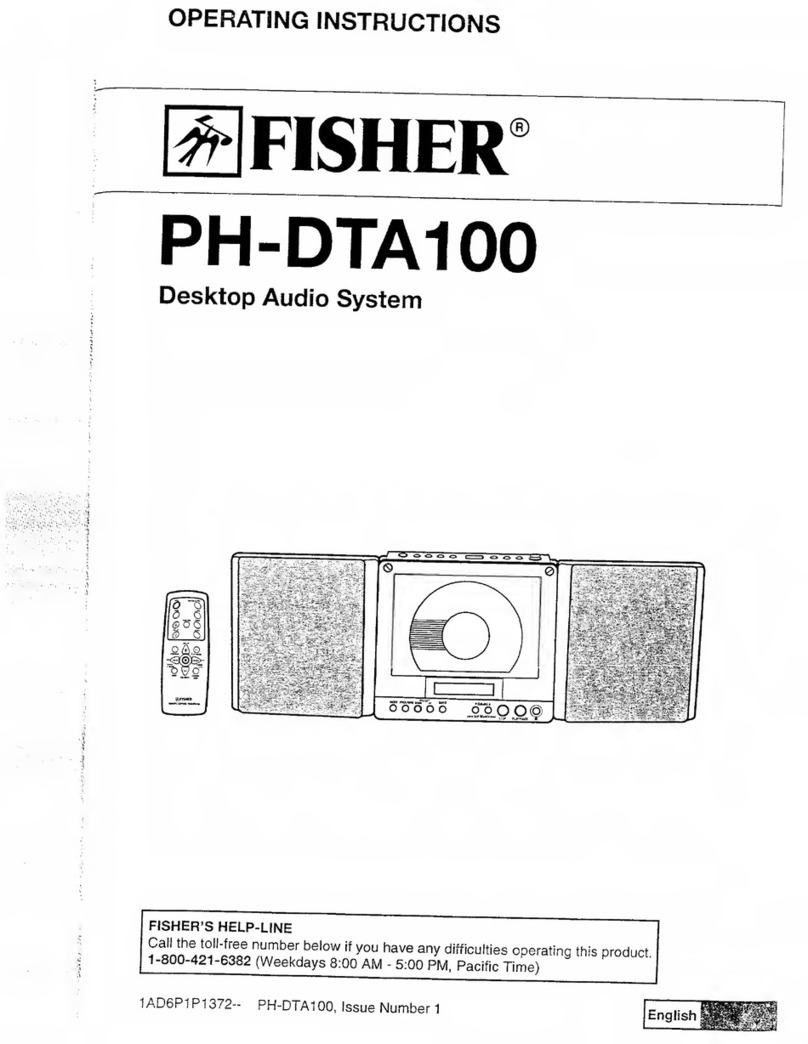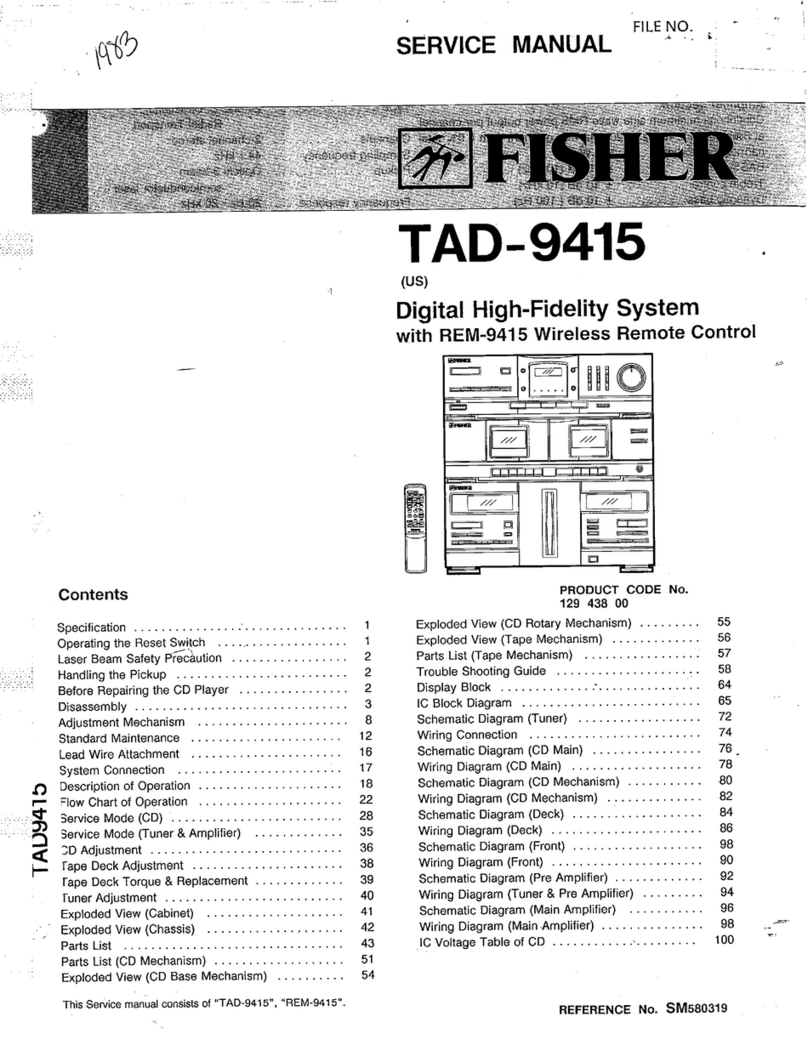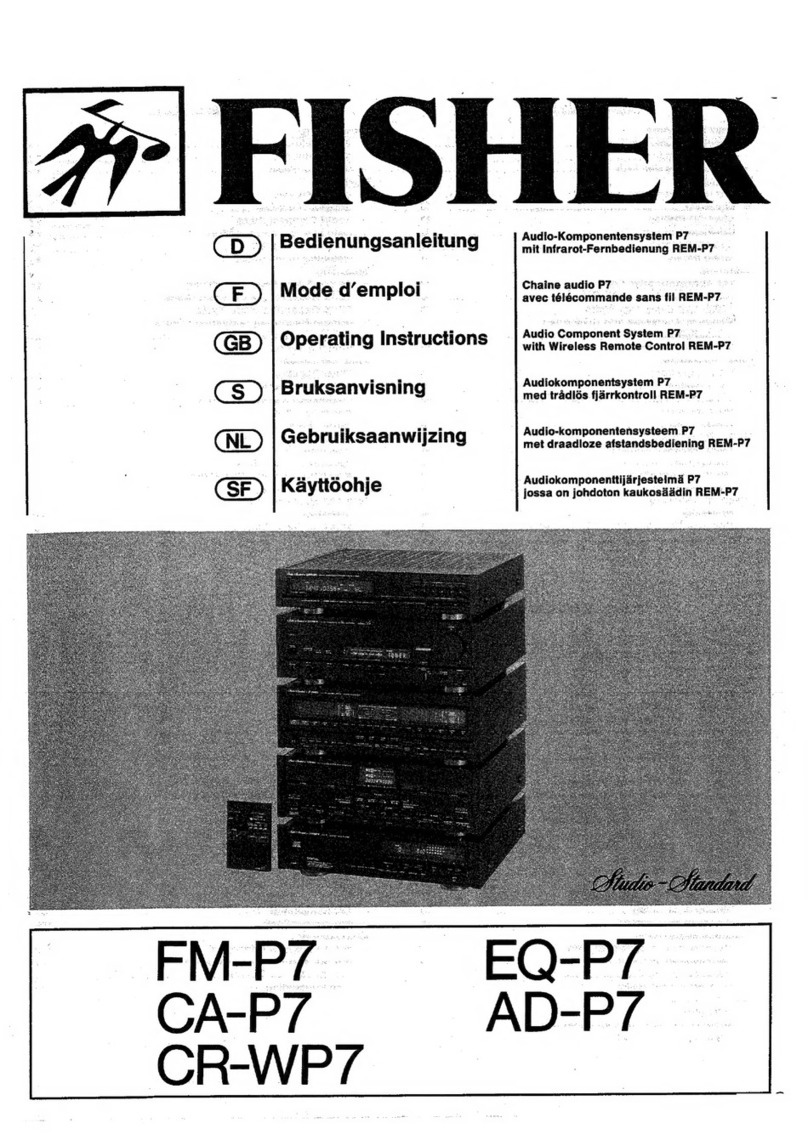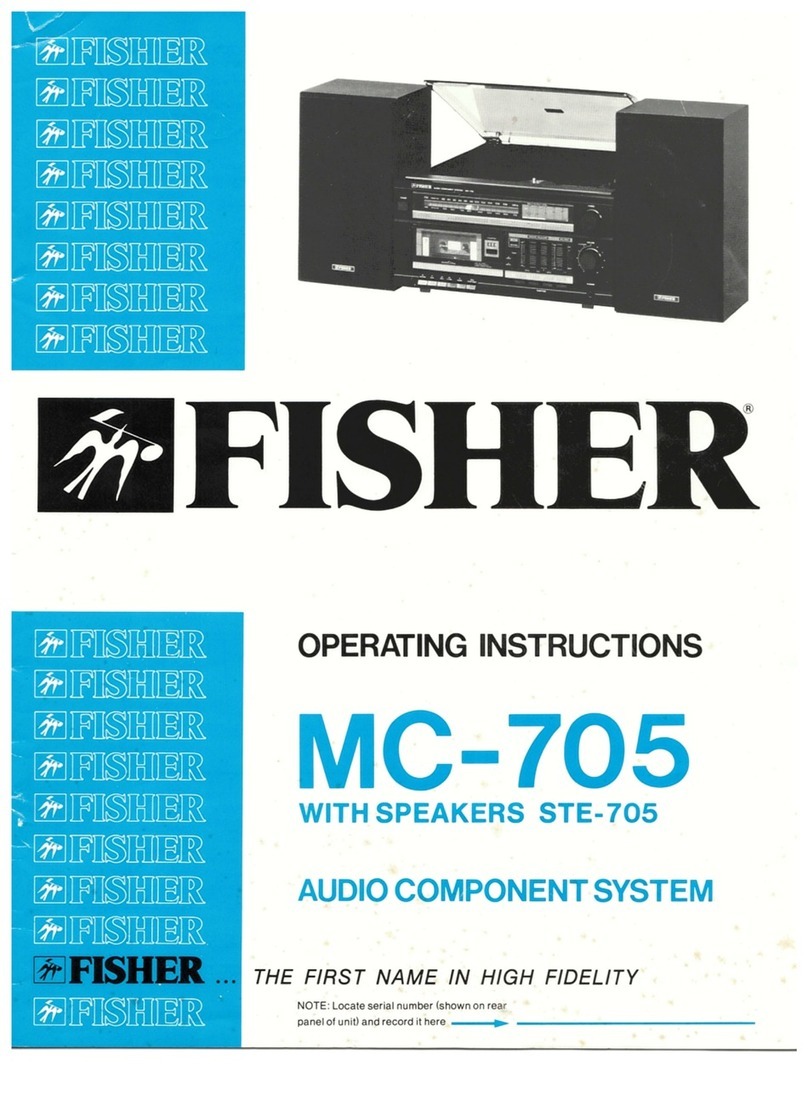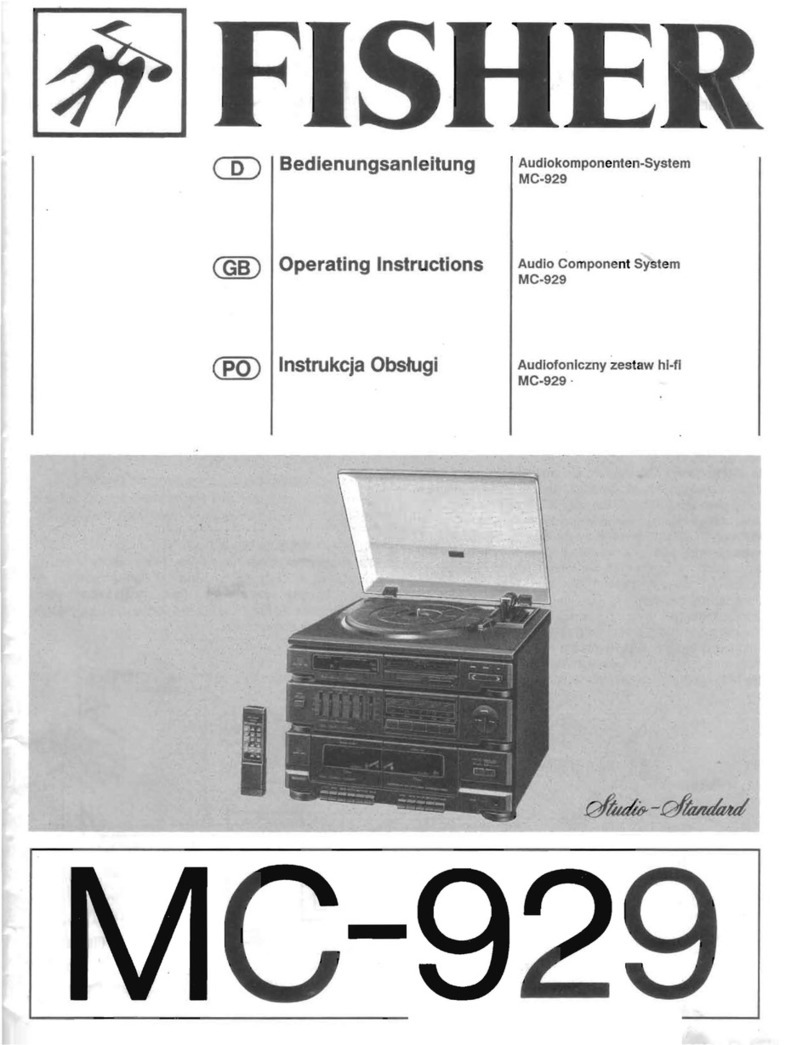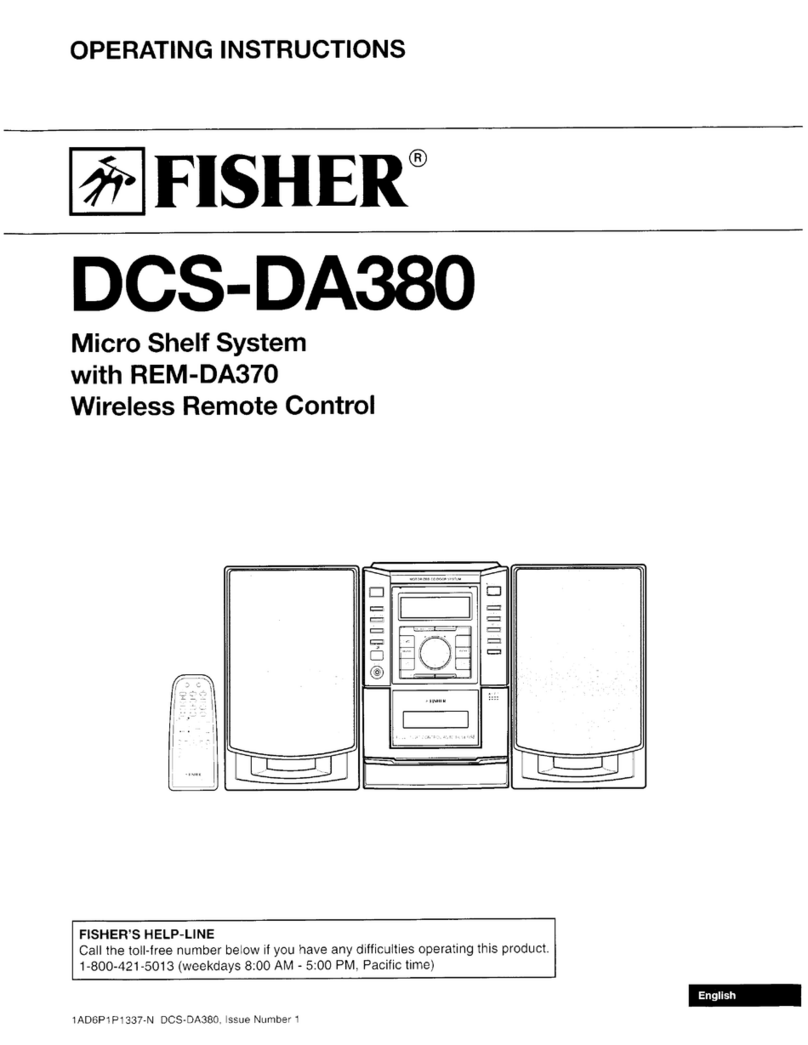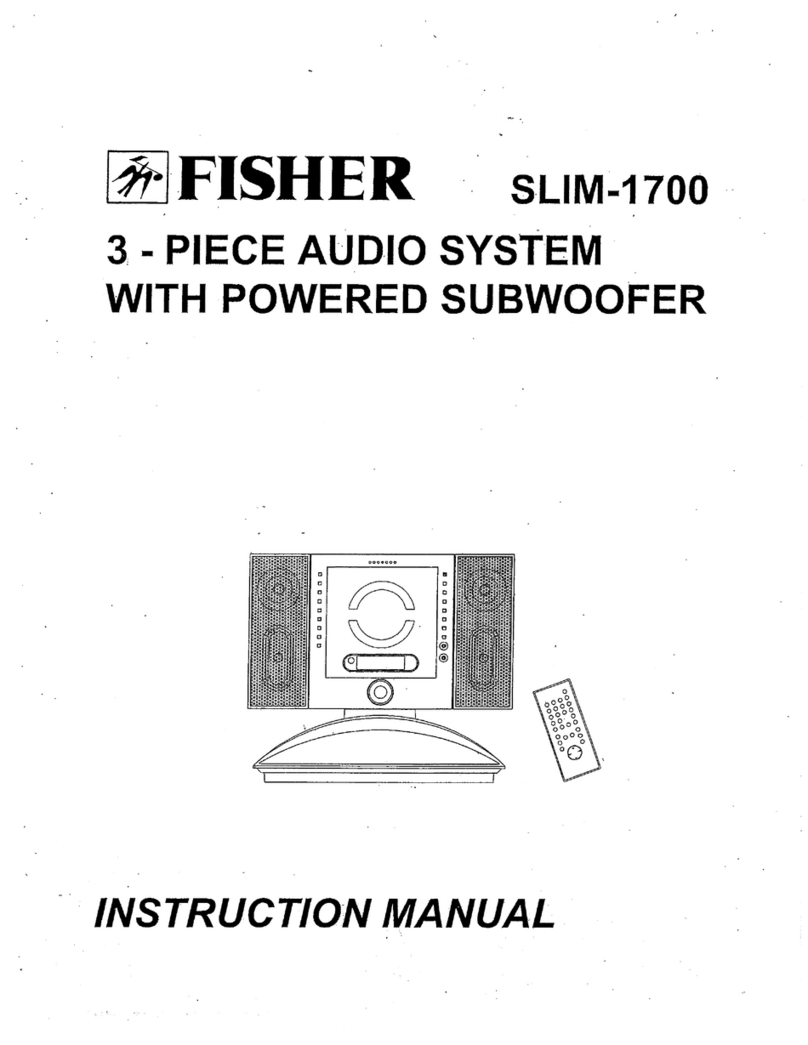To remove the V-Guard, simply grasp the "V" of the stylus
assemblybetweenthe tips of the thumb and forefinger, pull gently to
remove the stylus assembly.To replace the V-Guard, grasp the "V" of
the stylus asserrrbly
with the stylus point down, and slip into the cavity
as far as it will go.
The Anlennqs
TheAnrbassadorisequipped
with two antennls,oneto receiveFM
broadcasts and one for AM lrroadcasts.These should provide good
recepticn in all casesexcept extreme fringe areas,or where special
local conditions.resultin high signal loss. (Buildings constructed
of
steel girders, for example, ('an cause a loss of signal strength.) If
receptionis weak or poor,
see
the instructions
on page
6 to rectify the
condition.
HOWTO
USE
THE
CONTROLS
[t ue orrnerroN oF ALLcol.-rRoI-sis explained in this section.Refer-
I ring to Figure I while reading will be helpful. If you wish to
connectadditional components
to the sound systemo{ the Ambassador,
such as a Tape Recorder, for example, full information is provided
on page5. Befort: attempting to operate the Automatic Turntable, read
the instruction booklet accompanying this unit.
AC ond Volume
The AC Switch, which supplies power to the Ambassador,is com-
bined with the Volume Control. Turning this switch slightly clockwise
until it r:licks,
turns on the power and lights the dial scale. Note:
Make eertain automatic shutoff switch is in the off position.
The Volume Control is used to adjust the level of sound for both
channels.Turning this control in a clockwise direction will increase
the volume simultaneously at both speaker systems.
Note: Although only stereophonic programs require the use of
two speakersystemsto achievethe necessary
sound separation,the two
speaker systemsoI the Ambassad.orare in operation for monophonic
piograms as well, This use of both systems
provides a superior mono-
phonic effect.
Selector Switch
This seven-position
switch selectsthe program you wish to hear,
whether a radio broadcast,a record selection,or some other program
source
you may haveconnected
to the sound systemof theAmbassador,
The positions
havethe following functions:
PHONO MONO: Use this position to play regular LP or 45 RPM
records on the Record Changer, The stereophonic cartridge in the
Tone Arm will accommodate monophonic as well as stereophonic
records.In addition, all verticle rumble and noisecharacteristicsof LP
monophonic records will be completely eliminated, resulting in su-
perior monophonic sound,
NOTE: To play 78 RPM records, a special cartridgc is required. You
can obtain one from your FISHER dealer.
PHONO STEREO:Play all stereophonic
recordsin this position.
FM: This position selectsthe FM tuner for reception of FM broadcasts.
AM: This position selects
the AM Tuner for reception of AM broad-
casts.
FM-AM: In this position both Tuners are selectedfor the reception of
a stereophonic FM-AM broadcast. The FM sound will be heard on
the left speaker system; the AM on the right. (Consult your news-
paper for the station to which each Tuner must be set.)
AUX MONO: Use this position to select any additional monophonic
component you may have connected to the Ambassad,or
- a mono-
phonic tape recorder, record turntable, etc,
MPX STEREO:This position is used for the reception of FM multiplex
stereoprograms rvith the addition of the FISHER MPX-70 adaptor. A
stereotape recorder or other stereosound
sourcemay beplayed through
theAmbassador
if multiplex reception is not desired.
FM ond AM Tuning
The FM Tuning knob selectsstations in the 87.5 to 108megacycle
band, while the AM Tunins knob selectsstations in the 535 to 1620
